The idea of designing alternative realities started in 1935, in a short story written by Stanley G. Weinbaum. At the time, most people regarded this concept as the mere imagining of a writer, but some did not. Scientists started to turn this idea into reality, but progress remained stagnant for many decades, due to the lack of computational power to render virtual worlds.
Nowadays; however, we live in an era in which the technology required to use Virtual Reality (VR) already exists and the video game industry is starting to use it in full force. As gamers wait anxiously to see which upcoming release will feature VR, we invite you to look back, at five first person Shooters that would be ideal candidates for implementing this technology.
It is important; however, to first establish a few concepts behind experiences in this medium.
How to know a game can make the most out of VR
Video games consist of allowing the player to interact with an audio and visual product, in order to create an experience. The conjunction of the audio and visual elements evokes the mood of the game — the feeling it sends to its audience.
Virtual Reality aims to enhance the visual portion of the player’s journey by creating a more immersive experience, which emphasizes the “feel”, or the tone, the game has.
While developers can use VR in any game, this technology will be better used if implemented in productions that can deliver a clear mood to its players, The game world must be rich enough that it’s augmented by VR, thus allowing the game to create a more engaging experience.
Productions that do not evoke a particular feeling in the audience will not be able to use VR to its fullest. But there are other aspects that a game designer must have in mind, in order to craft a narrative for Virtual Reality.
VR is all about immersing the audience in another world and letting players feel as the protagonists of the story. Having said that, a game that suits the prerequisites for a compelling VR experience must not have cutscenes — because they take control away from players, break the pacing of the narrative and also break the immersion thereof, thus defeating the purpose of VR.
Another important element to be aware of is having a silent protagonist. As previously stated, in order to create a more immersive experience, players must be in control at all times. If players listen the protagonist speaking in a voice that is not theirs, this may break the immersion of the game.
Instead of allowing the protagonist to drop a line of dialogue, designers should create the experience in a way that the actions of the player will do the talking for them. The player is not meant to merely control the protagonist. The player is supposed to BE the protagonist — and VR drives that home.
So these are the three basic criteria to determine whether a first person shooter can use VR to its fullest: the game must evoke a feeling in their players, keep cutscenes at a minimum and have a silent protagonist.
So now, with that in mind, let’s look at five games that meet these standards and could easily deliver amazing VR experiences.
1. Half-Life 2
In 2004, the video game community was able to become Gordon Freeman and fight the Combine forces one more time, with the objective of escaping from City 17. Throughout the experience, developers emphasized the tone of the game, loneliness, by making players feel alone in the vast universe of Half-Life 2 — and they used a simple technique as the key device to accomplish this.
In a video game, what matters is what seems real, not what actually is real. With this said, in the majority of the maps in this game, players see constructions that they cannot enter, whether near or far into the horizon, as seen in the image above.
The objective is to communicate the size of the universe and make it seem larger than it actually is. Developers accomplished the feeling of solitude by making the protagonist feel small in comparison to their surroundings.
The implementation of VR can improve the experience by emphasizing this tone. No matter where players look, there will be nothing but a vast area, with no one there.
VR can also deliver a more compelling experience when players are in close quarters, facing the zombie-like enemies of this game, which can make for memorable jump scares.
2. BioShock
Released in 2007, the first title of the franchise introduced players to the underwater dystopia of Rapture — and most importantly, to the story behind it. As players traveled through the streets, they met the enemies of the game, known as Splicers, which were mutated individuals whose lives took a wrong turn.
Featuring deformed faces and tumors on their bodies, they meet one criteria to become characters in a horror story: the uncanny.
The “uncanny” states that we, as human beings, tend to rely on patterns when reasoning. For instance, we have the belief that people are humanoid figures, with two arms and two legs. This inner logic is our comfort zone, but once something challenges our belief, it creates discomfort on us. This is the uncanny and also the reason why horror games and films often feature monsters that have similarities with humans. They discomfort the audience.
In BioShock, developers used this principle when crafting the enemies of the game, considering that they are human, but have features that are not usually seen in people — thus challenging the notions of how humans are supposed to look like and making the audience feel uncomfortable.
The developers used this principle not only to design Splicers, but also to craft the entire game. Nothing in the city of Rapture is 100% equal to what we know in real life. This may be unsettling and even intimidating at first, but after players get used to it, the uncanny creates curiosity and the need to explore. As Atlas said in the beginning of the game:
“Whatever you thought you knew about right and wrong, well, that doesn’t count for much down in Rapture”
Virtual Reality can add to the experience by allowing players to get a closer look at the world of BioShock and its citizens, in order to enhance the uncanny element for the players and add to their curiosity.

3. Call of Duty 4: Modern Warfare
In 2007, the Call of Duty franchise left World War II behind, as it shifted its attention to contemporary conflicts. Critics and players praised the title and many other games tried to replicate the same success — but they failed, ultimately because they did not mimic one element of Modern Warfare that was crucial for it to thrive.
In Call of Duty 4, players perform the same activity during the 10 hours story mode. Shoot, cover, run and repeat the cycle. Explained this way, the experience does not seem compelling, but the developers ensured players would not get bored by making each shootout occur under a different circumstance, thus changing the tone of the production.
In certain scenes, players would feel empowered after using a machine gun to defeat dozens of enemies — and in others, intimidated after falling for an ambush, for instance. The game uses a variety of tones, in order to make the activity of defeating enemies seem different each time, as the scenario and the setting are altered.
Considering that the constant shift in the tone of the game was a key element for its success, the immersion virtual reality provides to players has the potential to emphasize the various feelings the game transmits, making it more compelling.
4. Fallout: New Vegas
Released on October 19th, 2010 by Obsidian Entertainment and Bethesda Sotfworks, the fourth installment of the Fallout franchise allowed players to explore the wastelands around what once was the pulsing city of Las Vegas, now known as New Vegas.
The game starts with players in a small town far away from their destination, but the shining city of New Vegas stands out in the horizon. The main goal is using it as a visual clue to guide players, but developers used this technique several times throughout the game, for another purpose.
As players explored the wasteland, they would often see buildings from a distance. Considering that each town offers a story regarding what happened in that location, players felt motivated to continue playing, in order to reach the small town they had just seen from a distance and explore it.
This adds to the mood of the game, which is hinged on curiosity and the desire to explore more. Added to the dazzling visuals the vast wasteland produces, implementing Virtual Reality in this game would improve the experience as a whole.
5. F.E.A.R.
Watch your every step, for it may be the last. This is the premise behind this game, released in 2005 by Monolith Productions. This mix of a first person shooter and a horror movie that puts players in the shoes of the commander of the F.E.A.R. unit — an elite team trained to deal with supernatural enemies.
Using elements from Japanese horror films, F.E.A.R. relies on a combination of suspense and jump scares, in order to keep players on the edge of their seats. Due to the close quarters nature of this game, its maps rely mostly on a sequence of corridors and corners — and one of the most compelling elements from this production is the difficulty for players to anticipate the scares.
Combining these two factors, the result is an experience in which players never know what to expect behind each door and around each corner, thus making it an ideal candidate to receive VR support, as it would add to the feeling of suspense and make the bones of players cringe even harder.
Conclusion
While, unfortunately, we cannot go back in time and design the games we love specifically for Virtual Reality, it is important to think of which elements would make them a compelling experience for VR. These lessons learned from the games of the past will help developers to craft the productions of tomorrow.
Let us know which games you would like to see in VR in the comments section.

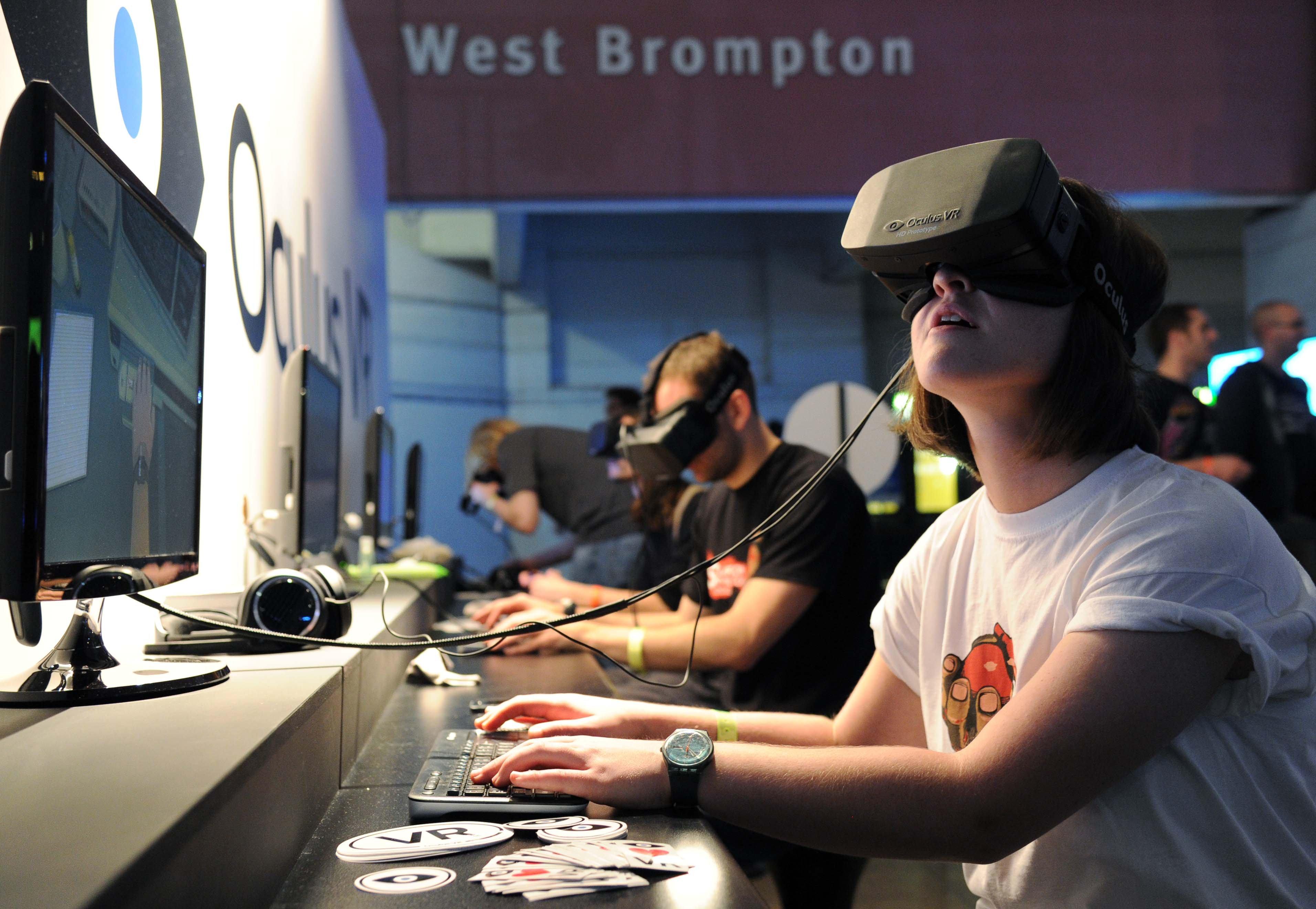
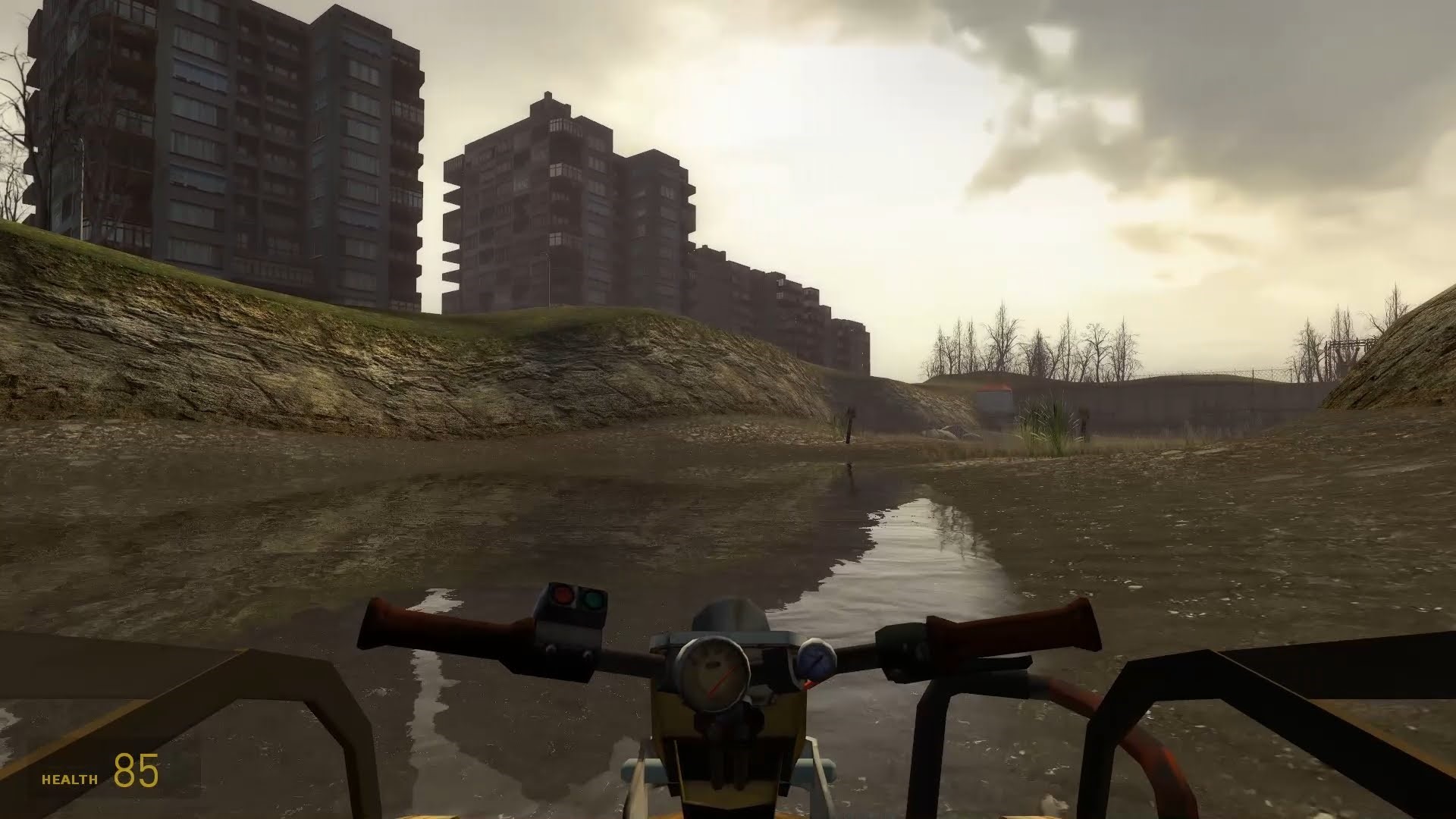
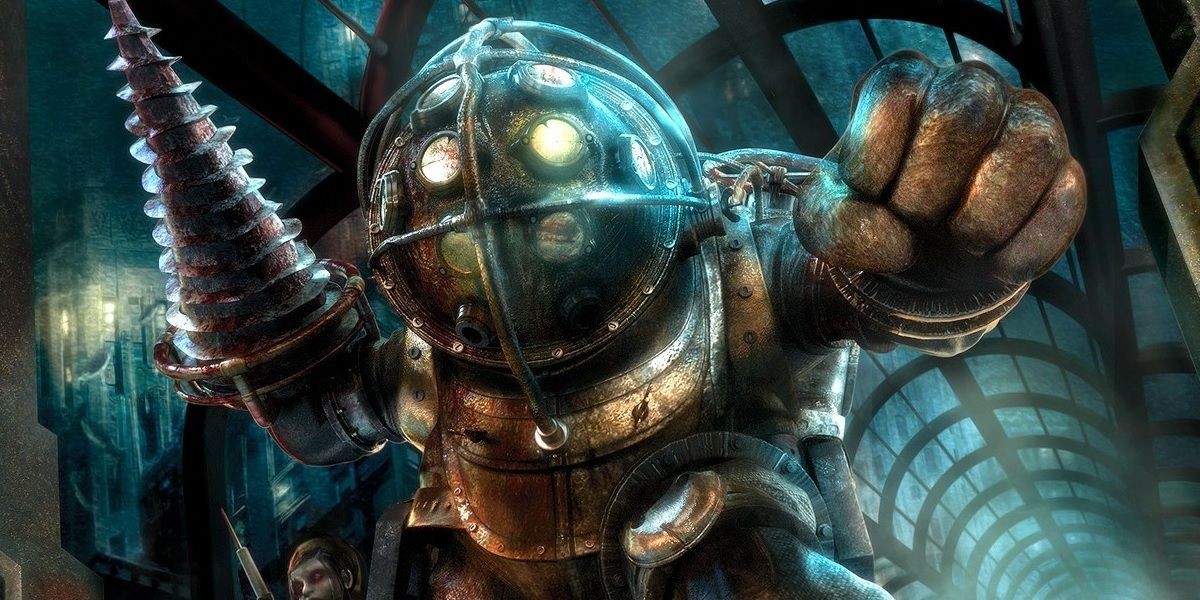
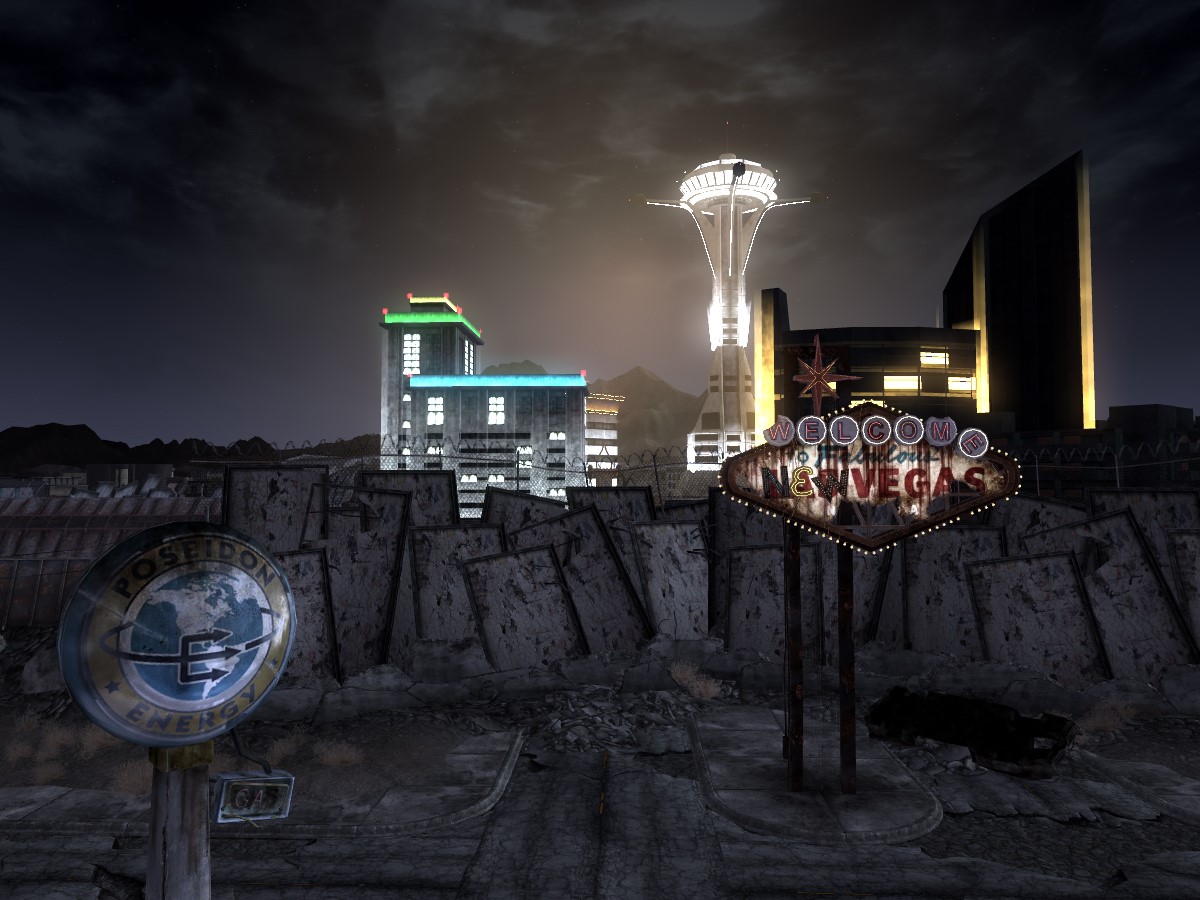
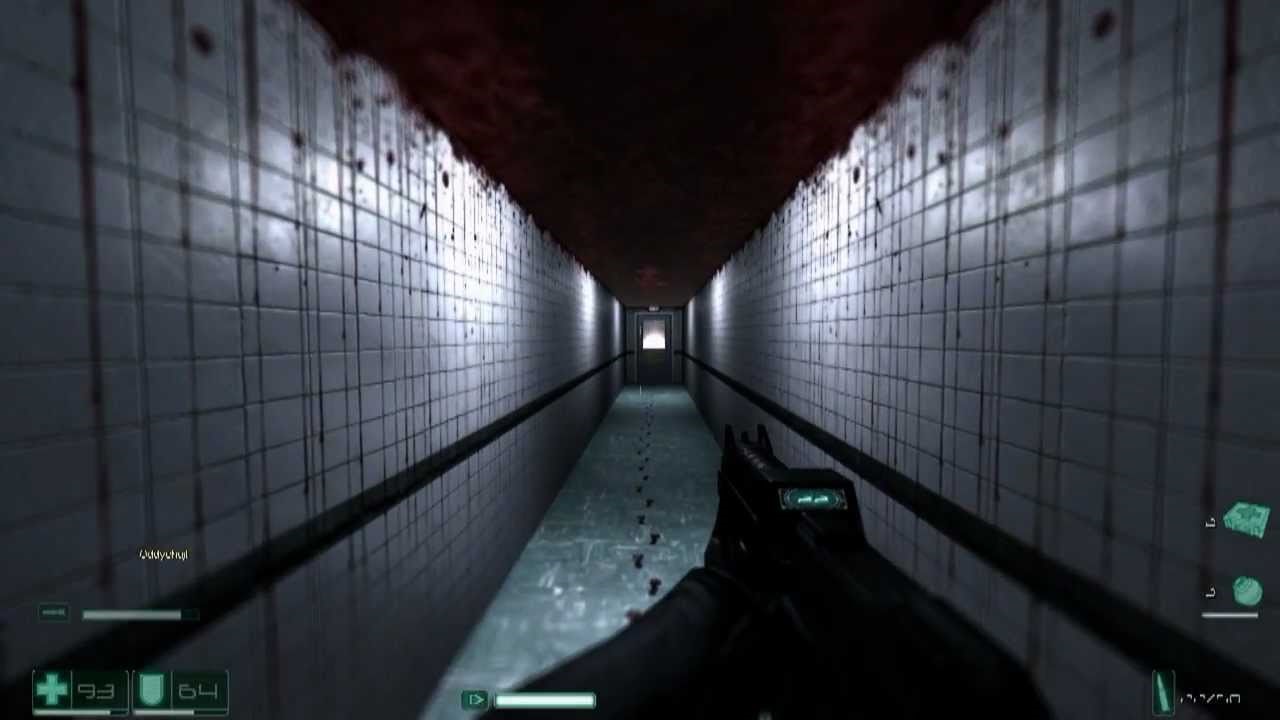





Published: Oct 30, 2016 02:21 pm